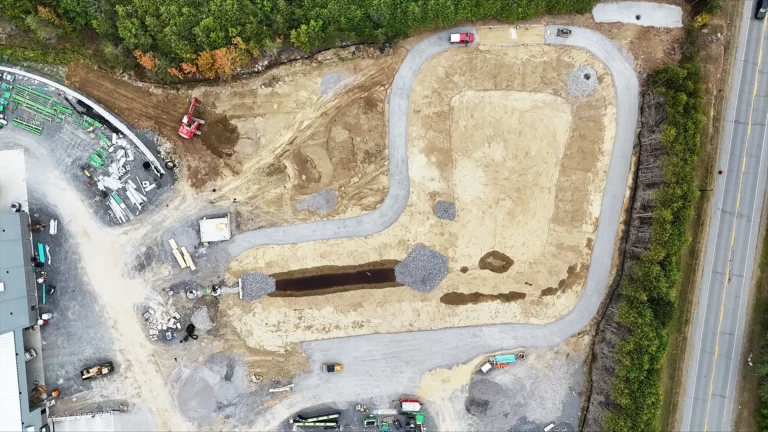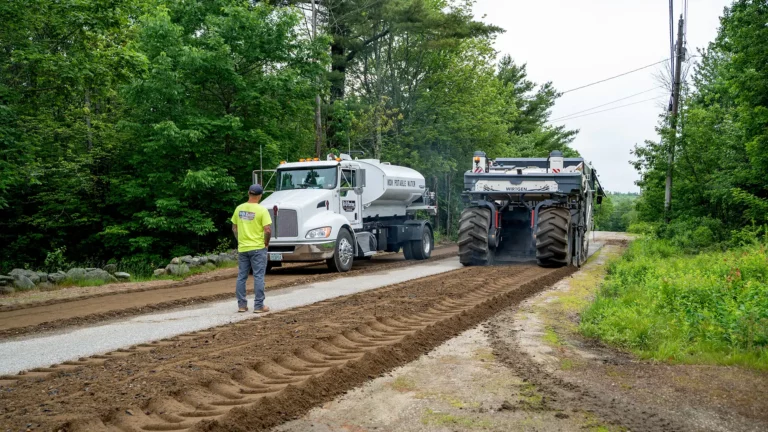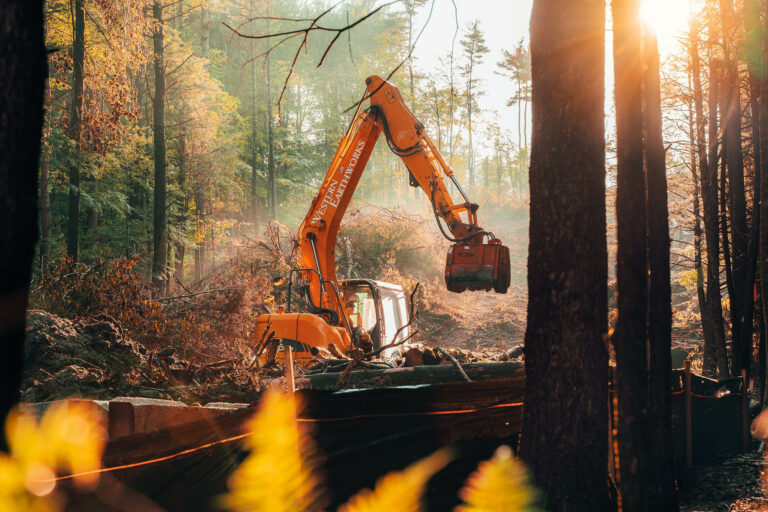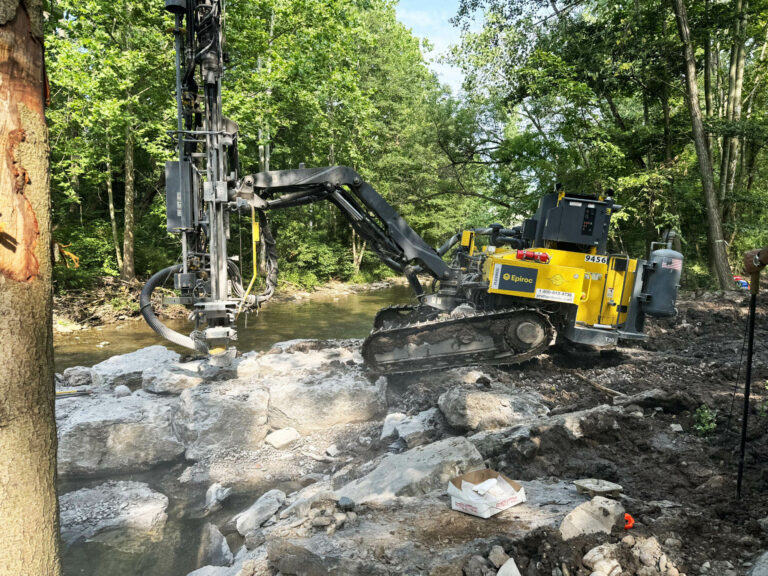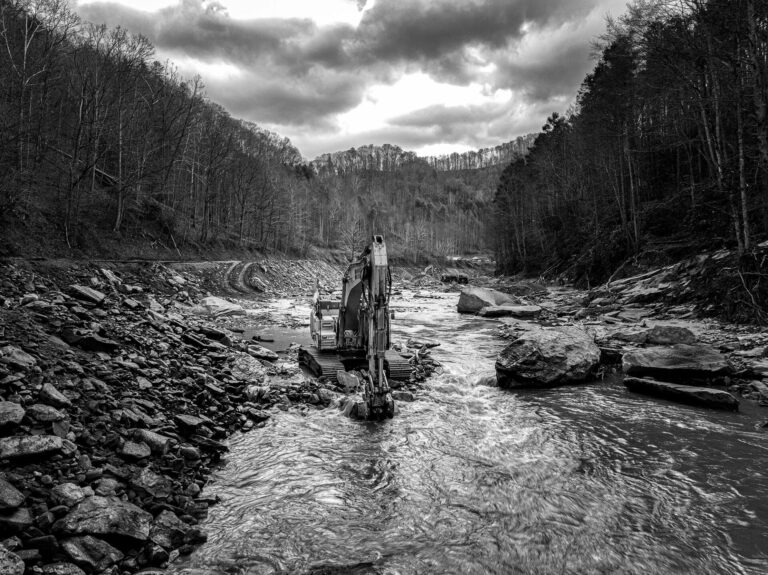The United States is approaching its tenth month of the Biden Administration and, given the fanfare that surrounded the mission to Build Back Better under the extensive and ambitious Infrastructure Bill, it is somewhat disappointing that the finer details of this bill are yet to be agreed. In fact, the cornerstone of the presidency hinges on the ability of government to push through a suite of funding measures that would rejuvenate and modernize the American landscape in more ways than one. As negotiations have continued apace throughout the corridors of Capitol Hill for a number of weeks, the need for balance is ever more present. In order to appease both progressives and centrists, a necessary element of the bill given the administrations inability to achieve bipartisan support, figures of somewhere in the region of $1.5 and $3.5 Trillion are being discussed. Regardless of the amount that is eventually reached, it will be a hugely important lifeline for many across the construction industry and, given the seismic changes that have impacted businesses and workers over the past two years, it cannot come quick enough.
The precarious nature of this bill is not to be downplayed. Negotiations and voting have been postponed while vested interests look to push and pull the final investment figures to align with their own political agendas. This piece of legislation, however, has a lot riding on it and high placed voices are claiming that it will pass the house nonetheless. This will be very welcome news to those within the construction world, with many making their voices heard loud and clear. The word from those within construction is categorical, this bill is a welcome and necessary relief from the effects of the pandemic. One of these voices speaking out on the importance of funding for infrastructure is Thomas Smith, executive director of the American Society of Civil Engineers. Smith said “This comprehensive bill would bring relief to communities facing strained power grids, aging bridges, leaking water pipes, and spotty broadband. We urge the House to pass this bipartisan, commonsense legislation today to create jobs, make goods and services move more quickly and reliably, and make American communities more climate-resilient. Our infrastructure bill has come due, and now is the time to act.”

Given that the ASCE has recently given the nation’s infrastructure a lowly C+ rating, it seems as though the time for waiting around has indeed long since passed. According to Smith, the report and rating are evidence of serious concerns. “This not a report card anyone would be proud to take home. We have not made significant enough investments to maintain infrastructure that in some cases was built more than 50 years ago. As this study shows, we risk significant economic losses and higher costs to consumers, businesses and manufacturers – and our quality of life – if we don’t act urgently.”
Given the level of importance surrounding this bill, it is worth determining the extent to which the construction industry will benefit from such large-scale funding and investment. As referenced by Mr. Smith, the infrastructure network in the United States is, in many places, creaking. Unfortunately, this is not limited to any one aspect. Indeed, every conceivable strand of infrastructure, from roads to electricity, is in need of repair and rejuvenation. By allowing the existing web of interlinked structures to crumble, the U.S. is running the very real risk of falling behind its competitors on the international markets. Without a continued and focused investment in the lifeblood of a nation, how it works and contributes to the successful and fluid accessibility of an economy, the United States will be second best. The construction industry, therefore, will play a crucial role in the development and modernization of these networks; once more creating opportunity for all other aspects of industry to flourish.
“Indeed, every conceivable strand of infrastructure, from roads to electricity, is in need of repair and rejuvenation.”
An additional aspect of this investment, and one that is at risk of being overlooked, is the need to drag the aging power grids throughout the nation up to a much higher standard. Every industry is, quite correctly, transitioning away from fossil fuels. Renewable energy is at the forefront of many industries and, as is the case within construction, innovative new methods of generating power are coming to the fore. However, many of these energy sources, such as wind and solar power, cannot yet be relied upon 365 days a year. Even by stock piling energy from these sources, fears remain that power grids are susceptible to failure. It goes without saying that recent events in Texas have only contributed to these worries. Utility-scale battery energy storage systems (BESS) are growing in number but this technology is in its infancy and grids across the nation are at various stages of modernization.
Additionally, due to the geolocation of these grids, each has its own specifications in terms of risk factors and barriers to repair. From rising sea levels and freezing winter storms to flooding and earthquakes, there is not one specific fix that will suit each region. It is comforting, however, to note that currently, around $70 billion has been allocated towards the modernization of the electricity grid so that it can produce and carry more renewable energy. The hope is that, with this level of funding, the construction world can get on with doing with what it does best and make sustainable, lasting changes to the way energy is produced and stored.

So, what does all this mean for the future of our industry? Can we provide meaningful support and expertise when it is so clearly needed across the country? Unfortunately, while the need is there in abundance, the full story is yet to be played out in political circles. One consideration is the link that this bipartisan bill is too closely linked with a secondary, partisan funding bill which is part of the “reconciliation package.” This is one element that is cause for concern amongst some within the industry. While supporting the infrastructure bill, in general, the Associated Builders and Contractors (ABC) have expressed concern. Kristen Swearingen, ABC vice president of legislative and political affairs said, “ABC continues to monitor any new developments on the bipartisan infrastructure deal and update members accordingly, and we do remain concerned with the president’s insistence on tying the bipartisan negotiated bill to the partisan reconciliation package.” While this may not be either the ringing endorsement or the political pressure needed to ensure the bill is passed safely, it is interesting that some within the industry are a little more reserved around the potential investment. This view, however, is not one shared across the board. The American Road & Transportation Builders Association (ARTBA) believes that the potential investment within construction is enough to allay any fears and misconceptions. “ARTBA and allies are working to reinforce support with Republican offices by highlighting the economic benefits each state would see through the IIJA’s enactment and dispelling falsehoods about the bill’s contents and process.”
Regardless of the pressure being exerted on politicians from vested interest groups, two things are clear. There is an ever-growing need for the modernization and development of renewable energy supplies and fit-for-purpose infrastructure networks throughout the country. Secondly, the construction industry, which successfully weathered the worst of the pandemic to emerge as a strong and skilled voice, is best placed to complete these tasks with skill and precision in the national interest. As days tick on and negotiations continue, the full picture remains blurred. Time will tell if this proves to be a landmark moment for the Biden Administration or yet another missed opportunity.











